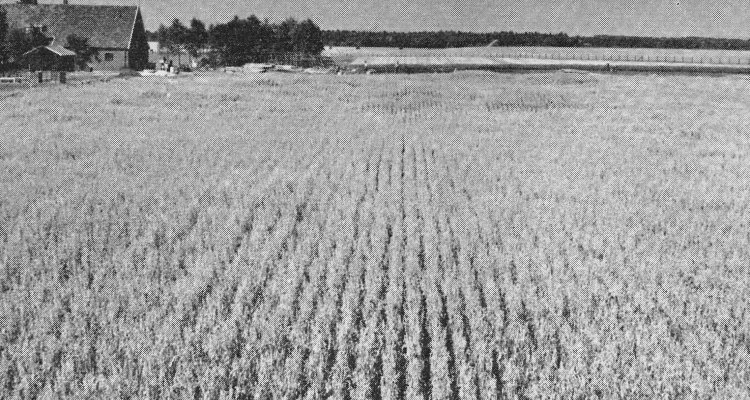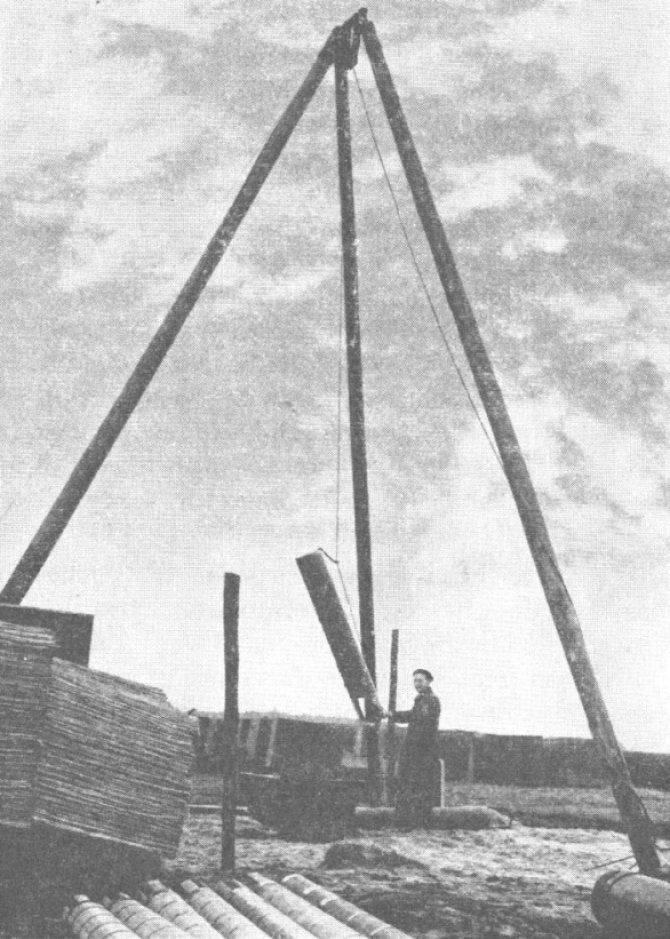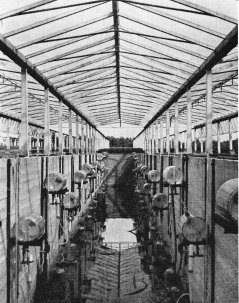
History
History of the Sinderhoeve experimental field station
The Sinderhoeve experimental field station is located at Telefoonweg 77, Renkum, the Netherlands. It is situated in an open field and surrounded by pastures and forest. The total surface area is eleven hectares.
On 17 September 1944, American Douglas planes dropped the British Army’s 1st Parachute Brigade over the Renkum Heath at the Sinderhoeve farm. From aerial photographs it is clear that the panels for the drop zone were placed in a field west of Telefoonweg at Renkum across the road at the farm ‘de Sinderhoeve’ (Operation Market Garden, 17-25 September 1944).
In the 1950s the Sinderhoeve was purchased by the Institute for Water Management in Wageningen (Winand Staring Centre for Integrated Land, Soil and Water Research). The purpose was to perform experiments in and on soil, i.e. irrigation, groundwater levels, infiltration and evapotranspiration in relation to the effects on arable crops.

Lysimeters were used to examine the influence of fertilisation on the processes in soil and groundwater.

In 1989, twenty experimental ditches were constructed on the fields of the Sinderhoeve. The facility allowed for ecotoxicological experiments and eutrophication research. The construction consisted of twenty uniform ditches, each 40 m long, which can all be interconnected. The ditches can be used independently of each other as stagnant systems or as flow-through systems. The bottom sediment is silty clay and is collected from a mesotrophic aquatic ecosystem.
Between the year 2000 and 2008 several small aquatic meso/microcosm systems were constructed at the Sinderhoeve test site. They are used for ecotoxicological experiments.